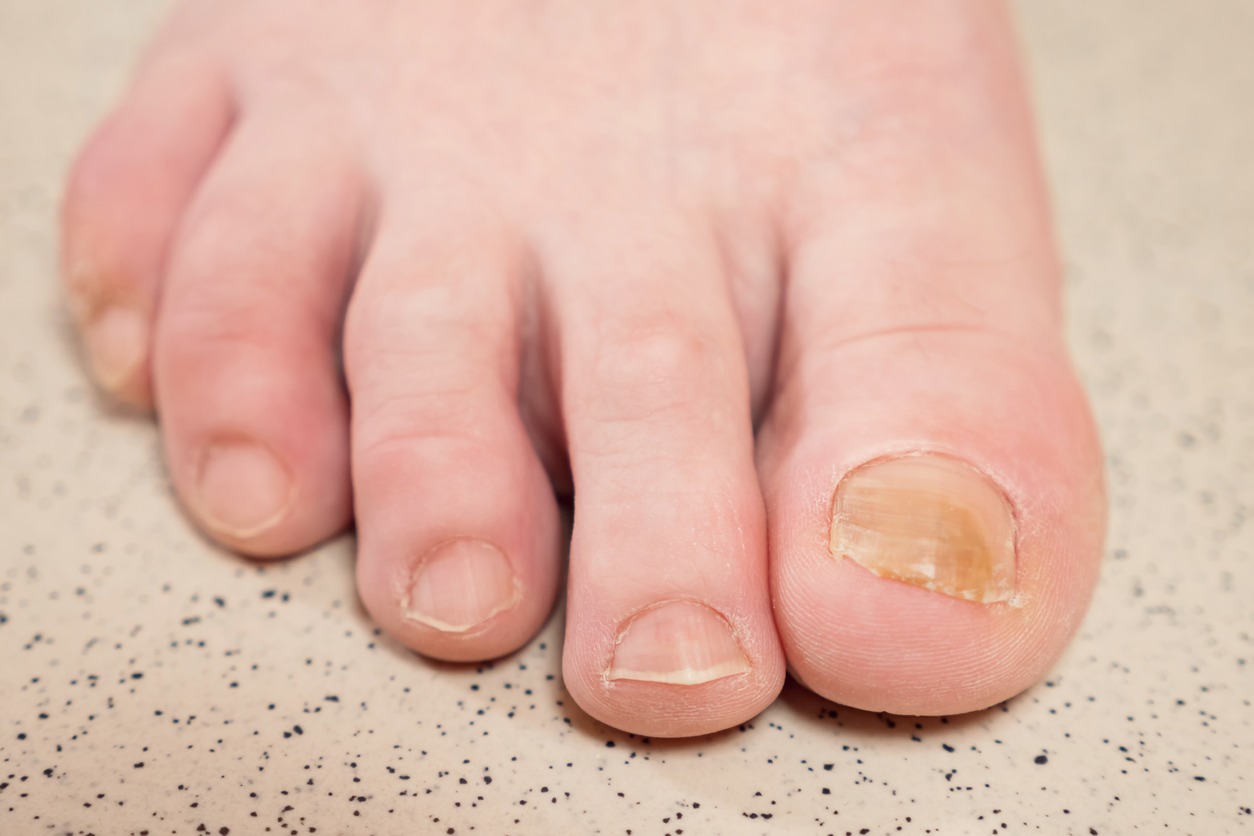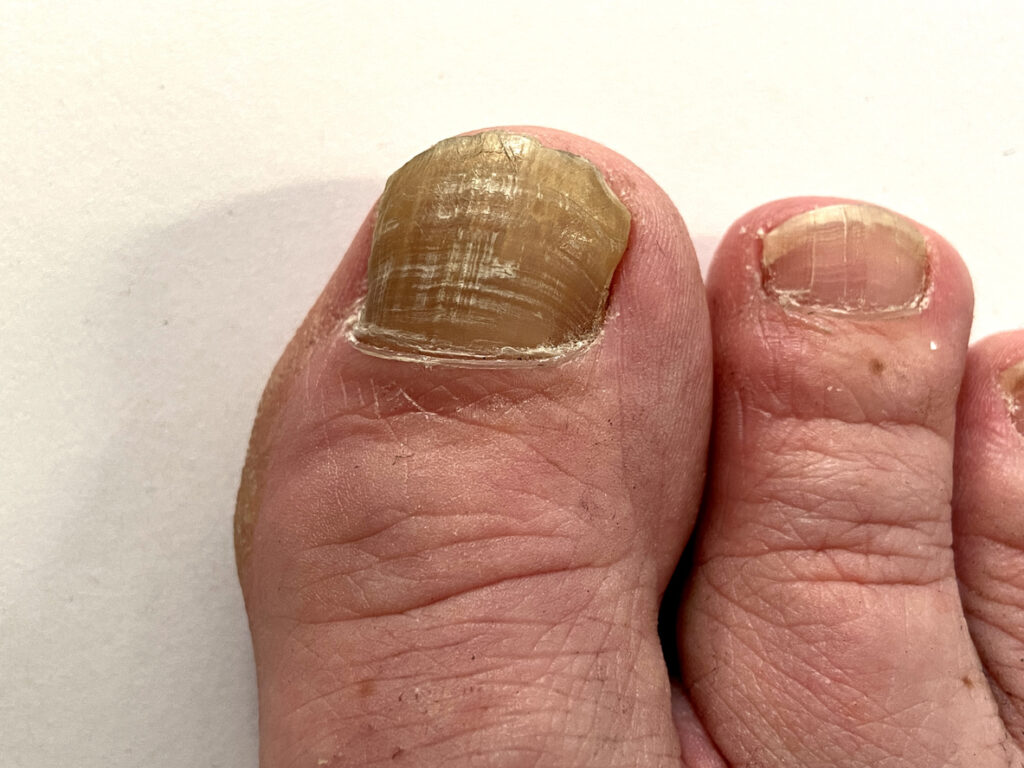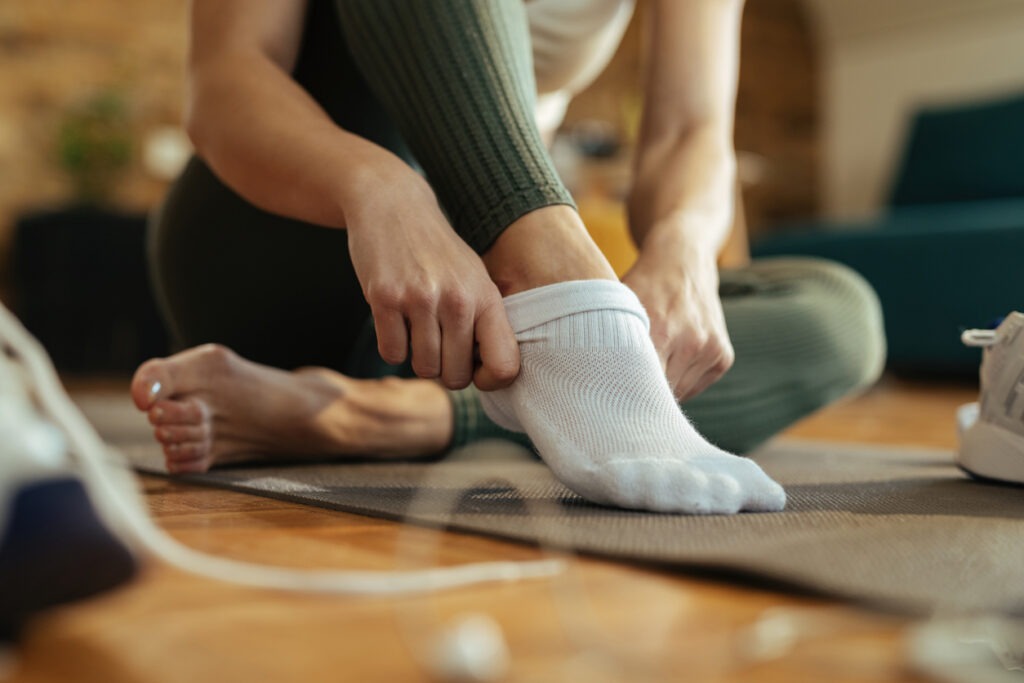Our feet are a part of our body that is one of the most susceptible to different kinds of illnesses, disorders, and conditions. When you read about the feet online, you will already see that there are plenty of illnesses that can get from just the feet alone, and these include plantar fasciitis, bunions, and ingrown toenails.
Having orange toenails on your feet is another common condition, and this is caused by different factors or underlying problems. To learn more, here are the things you need to know about orange toenails and what causes them.
The Causes of Orange Toenails
Orange toenails, as the condition’s name already suggests, are the discoloration of the toenails from their natural translucent appearance to an orangish or yellowish tint that is very noticeable. There are a few reasons why some people have orange toenails, and here are descriptions for each of those reasons and causes.
Onychomycosis
Onychomycosis is a condition that is caused by a fungal infection on the nails. Some of the symptoms of this infection include yellow discoloration, separation of the nail from the nail bed, the thickening of the toenails, pain, and soreness. [1] There are different types of fungi that can cause onychomycosis, but one of the most common is dermatophyte, which usually causes skin conditions and diseases in humans and animals.
When you have onychomycosis, you have most likely gotten it from someone that has the same disease, or you may have athlete’s foot, which is another skin condition wherein fungi grow and live in the skin of your feet, particularly on the areas between your toes. Moreover, onychomycosis is also caused by poor immune function, as your immune system isn’t strong enough to fight fungal infection.
Diabetes
Diabetes is a disease that can also cause yellowish or orangish toenails. Diabetes is a metabolic disorder or disease that is caused by high blood sugar levels or hyperglycemia. While it is relatively normal for us to have high blood sugar levels on specific days, people with diabetes tend to have hyperglycemia all the time. The symptoms of diabetes include increased appetite, insatiable thirst, weight loss, and frequent urination.
This disease can cause orange toenails due to how high blood sugar levels affect the collagen in the nails. Collagen helps strengthen the nails to prevent brittleness and fungal infections. [2] Having diabetes affects collagen production, which can then lead to the nails not being strong enough to fight infections.
Using Too Much Nail Polish
Using too much nail polish, especially the ones that have a shade of orange, red, and yellow, tends to temporarily discolor your nails. Although the discoloration can eventually go away as your nails continue growing, the yellowish tint of the nails can usually last for months.
Another reason why your nails have discoloration is that the products you are using to color your nails have formaldehyde, which is a chemical that reacts with the keratin found in your nails. Much like collagen, keratin is also responsible for making the nails stronger. When keratin comes in contact with formaldehyde, its ability to strengthen the nails is compromised, which would then allow the nail polish to discolor the surface of the nails.
How to Prevent and Treat Orange Toenails
Fortunately, there are a few ways for us to prevent orange toenails, and here are some of the best ones you can follow.
Wear Socks and Shoes that Provide Protection and Breathability
In order to prevent fungal infection on the nails and on the skin of your feet, you would need to wear socks that provide anti-fungal protection and breathability. Fungi grow and thrive in areas that are high in moisture. The feet can often get sweaty when they are inside a pair of shoes, and the sweat can then produce a lot of moisture, thus creating the perfect environment for fungi to grow.
So, in order to reduce the amount of moisture that your feet create while wearing shoes, you should wear socks that have moisture-wicking capabilities and shoes that have ventilation holes for breathability. There are also some socks that are infused with anti-fungal properties to prevent fungi from growing and spreading on the feet.
Clean Your Feet Regularly
Another way to prevent and treat orange toenails is to clean or wash your feet regularly. Cleaning your feet would get rid of toxins and other harmful elements that can cause infections and diseases. For better results, you can use a pumice stone with a rough texture that is effective in getting rid of dirt, grime, and dead skin cells on your feet.
You may also want to try using a foot scrub or foot soap, which can help in washing away stubborn dirt spots while also moisturizing your feet. Do your best to make your feet as clean and as moisturized as possible to protect them against fungi and bacteria.
In addition to cleaning your feet, cutting your toenails regularly is also a must to prevent orange toenails. If you find it difficult to reach your toenails to cut them, read our Ways to Cut Toenails When You Can’t Reach Your Feet to learn the best tips.
Avoid Walking Barefoot in Public Areas
Fungal infections are typically contagious, so it would always be best to prevent yourself from coming into contact with people that already have athlete’s foot and onychomycosis. The best way to do this is to avoid walking barefoot in public areas, like public swimming pools and shower rooms. You will never really know if someone with a fungal infection on the feet has stepped on the areas where you are walking, so it is better to be safe in wearing shoes, sandals, or slides in those public areas or locations.
So, these are all the basic things you need to know about the causes of orange toenails and how they can be treated or prevented. Always wash your feet whenever you take a shower or give your feet a nice foot spa so that you can make your feet healthier and more resilient against fungal and bacterial infections.
References
[1] Tosti, A. (2020, October 5). Onychomycosis. Medscape. Retrieved January 24, 2023, from https://emedicine.medscape.com/article/1105828-overview
[2] Watson, S. (2023, January 24). Diabetes and Yellow Nails: Is There a Connection? Healthline. Retrieved January 24, 2023, from https://www.healthline.com/health/is-diabetes-causing-my-yellow-nails#diabetes-and-nails







